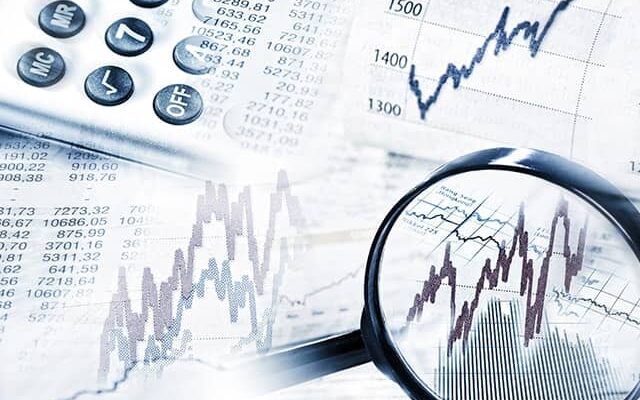(AOF) – Safran, accompanied by the companies Reservoir Sun and Idex, will produce part of its energy by equipping 17 of its French sites with photovoltaic panels. With a total power of nearly 50 MWp, the photovoltaic power plants will be installed mainly in parking canopies over a total area of just under 180,000 square meters. About 39 GWh (Gigawatt-hour) per year will be dedicated to self-consumption to cover on average 15% of the sites’ consumption.
The installation sites, piloted by the two partner companies, will begin this year and will run until the first quarter of 2025. The Safran Nacelles industrial site in Gonfreville-Lorcher in Seine-Maritime will be the first operational site from June and the power plant at the Safran Aircraft Engines site in Corbeil (Essonne) will become one of the largest self-consumption photovoltaic power plants on an industrial site in France.
All of these plants will be respectively developed, financed, built and operated by Reservoir Sun and Idex. A second installation phase will be launched to eventually equip more than forty French Safran sites.
Safran is pursuing the same approach in the rest of the world with completed or future photovoltaic installation projects at its sites in Australia, Belgium, China, Malaysia, Morocco, Mexico, United Kingdom, Singapore, Thailand and Tunisia. In total, nearly 24 MWp installed or being installed dedicated to self-consumption.
AOF – LEARN MORE
Key points
– Third aerospace supplier: world number 1 in civil aircraft engines, turbines and helicopter flight controls, power transmissions, aircraft engine nacelles, number 2 in space engines and number 4 in military engines… ;
– Activity of €15.3 billion, organized into 3 divisions: aeronautical and space propulsion (48%), equipment & defense (41%) then Aircraft interiors;
– Business model in 4 pillars: refocusing on civil aviation with the acquisition of Zodiac Aerospace, strengthening of propulsion and equipment, with the objective of becoming the world’s number 1 aeronautical equipment manufacturer by 2035, historic partnership with GM, until 2040 on the civilian CFM56 engine, gradually replaced by the Leap engine and ramp-up of services (57% of sales), better margins than original equipment;
– Non-operable capital (11.2% of shares for the State and 7% for employees), Ross McInnes chairing the 18-member board of directors and Olivier Andries managing director;
– Healthy balance sheet with net debt reduced to €425 billion at the end of June (leverage of 1.13), free cash flow of €1.7 billion and cash of €6.2 billion.
Challenges
– 2022 strategy to increase competitiveness and lead the more electric aircraft, with annual revenue growth of 4 to 6%, an operating margin of between 16 and 18% and R&D expenditure of between 6 and 7% of turnover;
– Innovation strategy driven by R&D exceeding €1.4 billion and financially supported by the French State, with a portfolio of +13,000 patents (540 applications in 2021):
– 2 “Safran Tech” R&T centers in Saclay and Gennevilliers: energy and propulsion, materials and processes, sensors, electrical and electronic systems, signal and information processing, modeling & simulation and future turbine blades,
– platforms with specific equipment for new generation materials,
– consolidation of additive manufacturing processes in Haillan, with a view to their industrial deployment,
– strategic partnerships – the European “Clean Sky”, Saclay, INSALyon, ASTech…:
– Environmental strategy with reinforced 2030 objectives:
– 50% reduction vs 2018 in carbon emissions,
– mobilization of the 400 main suppliers,
– “low-carbon” disruptive aircraft by 2035, integration of sustainable fuels,
– CFM RISE program to reduce engine emissions by +20%;
– Order book at 4 times annual sales and recurring after-sales turnover for propulsion (2/3 of revenues);
– More favorable market environment – air traffic back to nearly 90% of 2019 levels and CFM flight cycles;
– Rotation of the portfolio with 3 recent acquisitions -Orolia, 63% of Celas and Aubert Duval-, the sale of the “Arresting systems” activity and the integration, in 2023, of the aeronautical electrical systems activity of Thalès (124 M € of sales).
Challenges
– Russia-Ukraine war: titanium supply risk, including the charge of depreciation, for €160 million, through cost savings;
– 2022 expectations: inflation and shortage of materials/components but gradual improvement in air traffic resulting in a 20% increase in R&D and 40% in investments;
– After a 26.4% increase in sales at the end of September, 2022 objectives raised for the second time by a turnover of around 19 billion, an operating margin of around 12.6% and free cash flow of +2 €.4 billion;
– Expectation for 2022 of a return to the historical practice of a distribution rate of 40%.
The end of a duopoly?
For several decades, the American Boeing and the European Airbus have shared 99% of the world market for airliners with more than 110 seats. This market weighs more than 100 billion dollars per year. However, this duopoly seems to be weakened in 2022 for several reasons. First, for the first time, two medium-haul single-aisle aircraft, the Chinese Comac’s C919 and the Russian Irkut’s MC-21, are about to enter service. Added to this is the Boeing 737 MAX crisis. With the cessation of deliveries of this aircraft between 2019 and 2021, the production balance has been broken. In 2021 Boeing posted 340 deliveries, with Airbus remaining well ahead with 611.
